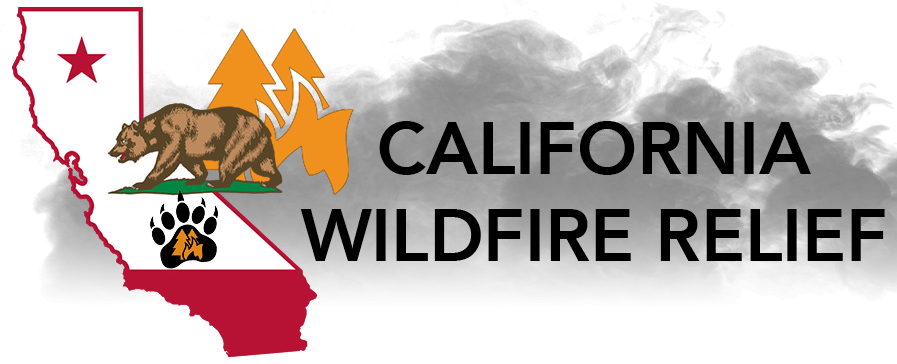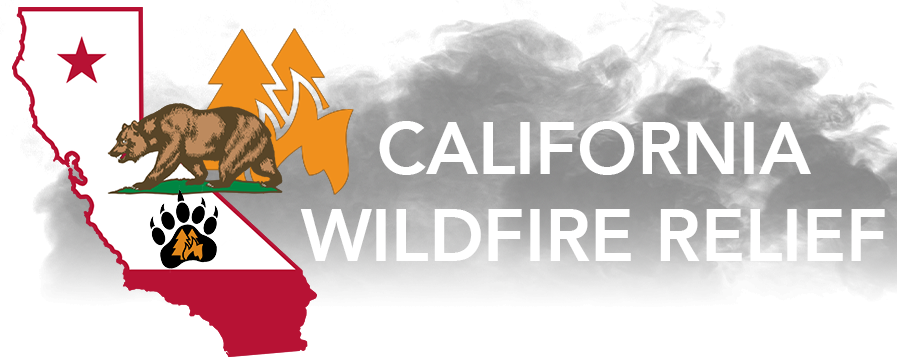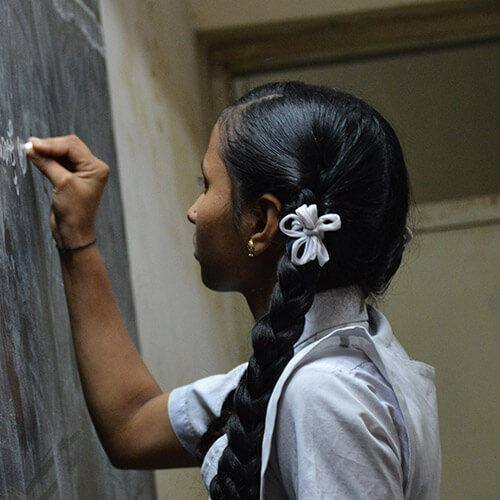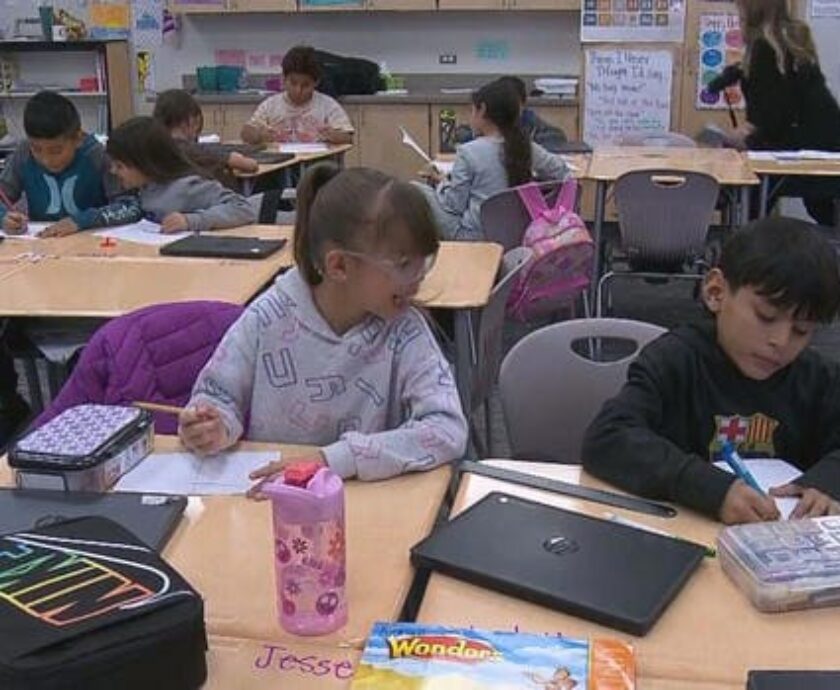As Southern California battles rapidly spreading wildfires fueled by strong winds and dry conditions, Governor Gavin Newsom announced the deployment of more than 7,500 firefighters and emergency personnel to safeguard communities across the region.
California is leveraging every available resource, including local and federal assets, to combat these devastating wildfires. Thousands of personnel are on the front lines, working tirelessly to contain the blazes. The state is committed to exhausting every option to protect communities and mitigate the impact of these historic fires.
By the Numbers: California’s Comprehensive Wildfire Response
California’s emergency response to the ongoing wildfires has mobilized nearly every sector of state government. Here’s a breakdown of the state’s all-hands-on-deck effort:
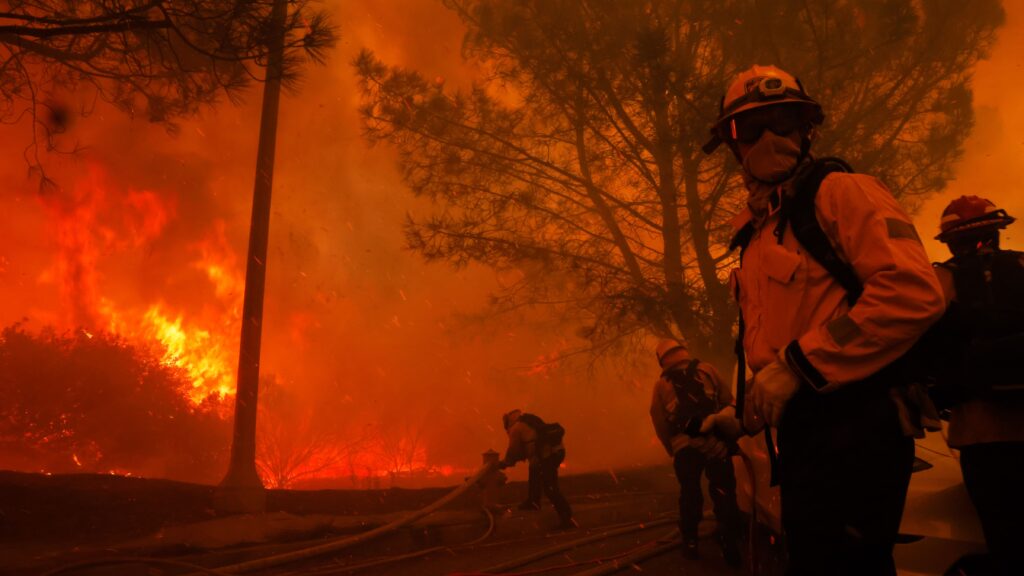
Governor’s Office of Emergency Services (Cal OES)
- Activated the State Operations Center to coordinate the statewide response.
- Deployed 1,040 firefighters and 260 fire engines through the Fire and Rescue Mutual Aid System.
- Secured additional firefighting resources through the Emergency Management Assistance Compact, including:
- 75 engines from Oregon
- 45 engines from Washington
- 5 engines from New Mexico
- 10 engines from Utah
- 25 engines from Idaho
- Collaborated with local fire departments, county emergency managers, and weather officials to prepare for extreme weather conditions and enhance public messaging for community resilience.
- Prepositioned resources ahead of the wind event, including:
- 65 local government fire engines
- 7 water tenders
- 7 helicopters
- 9 dozers
- 105+ specialized personnel across Los Angeles, Riverside, Orange, San Bernardino, San Diego, Santa Barbara, and Ventura counties.
California Department of Forestry and Fire Protection (CAL FIRE)
- Deployed 4,700+ firefighting personnel, including local and federal partners.
- Utilized air assets, including 6 air tankers and 31 helicopters.
- Mobilized 1,002 engines, 138 handcrews, 53 dozers, and 23 water tenders.
California Department of Transportation (Caltrans)
- 600 personnel working on 12-hour shifts to clear debris, manage traffic equipment, and address power outages.
- Restoring power to six maintenance stations using generator backups.
- Replenishing batteries for 40 traffic signals affected by outages.
California Highway Patrol (CHP)
- Deployed 19 CHP officials to embed with incident command teams.
California National Guard (Cal Guard)
- 600+ service members and equipment deployed to support firefighting and law enforcement operations.
- Resources include:
- 2 hand crews already on-site, with 8 additional crews deploying from Task Force Rattlesnake.
- 10 rotary-wing aircraft.
- 2 C-130 airplanes staged for wildland firefighting operations.
California Department of Social Services (CDSS)
- Partnering with Los Angeles County to ensure access to critical safety net benefits, including food assistance.
- Operating 4 shelters, currently housing approximately 500 individuals.
- Distributing the Guide to Disaster Assistance Services for Immigrant Californians (available in Spanish here) to impacted communities, regardless of immigration status.
California Department of Public Health (CDPH)
- Activated the Medical Health Coordination Center to oversee public health emergency response efforts.
- Monitoring impacts on licensed health facilities, including major hospitals, and ensuring public health support in affected areas.
California’s coordinated, multi-agency response demonstrates the state’s commitment to protecting communities and mitigating the impacts of these devastating wildfires.
